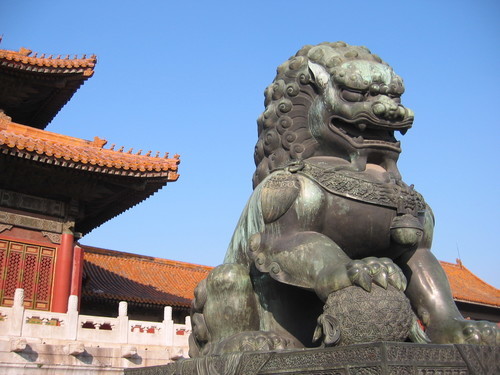Aim’n Yoga Tops: The Best Companion for the Chinese Sportswoman
One of the reasons why China is very dominant in the Olympics is the diversification of sports disciplines. China is always at hand to grab a medal or two in disciplines like swimming, tennis, and gymnastics. Some have tried to attribute the success to a large population that produces a vast pool of talent. However, high discipline and dedication contribute even more to these athletes’ success.

With talent and infrastructure already available, what more would Chinese sportswomen need to go a step further? Enter the stylish yoga tops from Aim’n, a brand dedicated to creating custom sportswear for every woman. Aim’n yoga tops and gym wear offer comfort, enhance performance and are a mark of decency and style. They are made of high-quality fabric and can be bought directly from the Aim’n website. This site allows every buyer to choose the region they are shopping from to enhance a custom shopping experience.
This makes them ideal for Chinese athletes, given such customisation allows them to stick to the rich cultural values of the Chinese people. The decency aspect makes these tops ideal for not just athletes but also for any woman looking to engage in sport or physical activity. Aim’n wear can be worn in most spaces that allow casual wear. Any woman looking for comfort and style needs to visit this site. From past buyers’ reviews, it is likely that they will be making many more purchases after the first buy!



